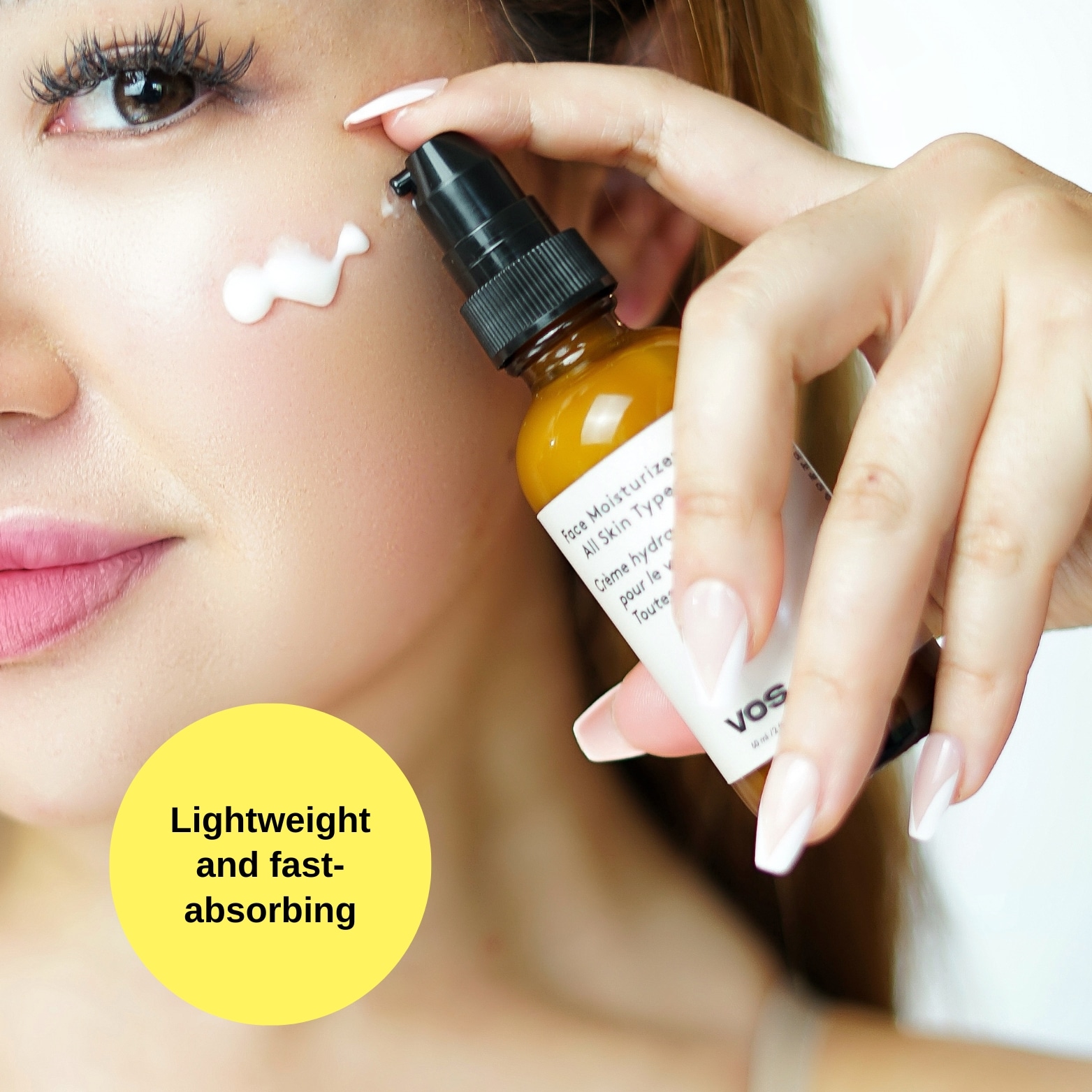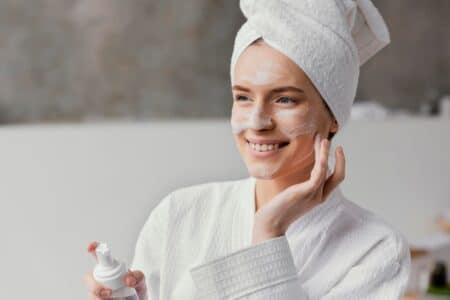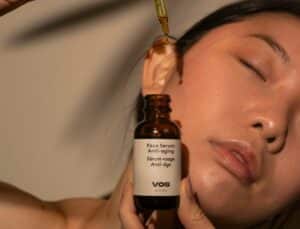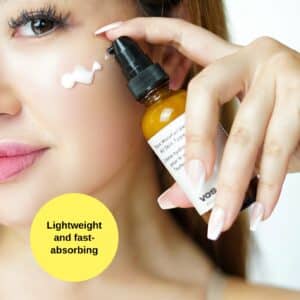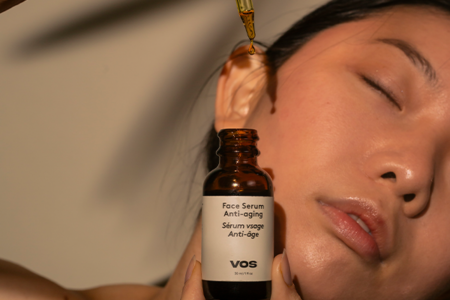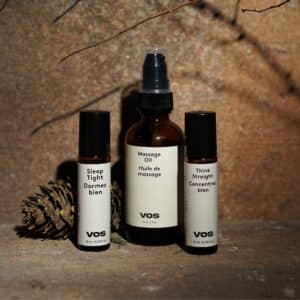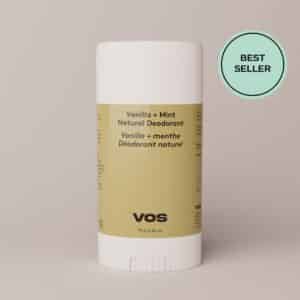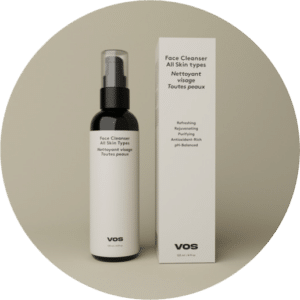The relentless march of time inevitably leaves its mark on our skin. Wrinkles, fine lines, and age spots are common signs of aging that many of us strive to minimize. While countless anti-aging products and treatments claim to reverse the clock, one emerging technology has captured the attention of skincare enthusiasts: light therapy. But with various types of light available, the question arises: What light is truly best for anti-aging?
This article delves into the science behind light therapy, exploring different wavelengths and their effects on the skin. We’ll uncover which lights are most effective in combating the signs of aging, helping you make informed decisions for a more youthful complexion.
Understanding the Science of Light Therapy
Light therapy, also known as phototherapy, involves exposing the skin to specific wavelengths of light. This non-invasive treatment has gained popularity for its potential to address a range of skin concerns, including aging.

- How does it work?
- Different wavelengths penetrate the skin at varying depths, interacting with cellular processes.
- Light energy stimulates collagen production, reduces inflammation, and promotes skin cell turnover.
- The result is improved skin texture, reduced wrinkles, and a more radiant complexion.
The Spectrum of Light: Which One is Right for You?
- Red Light: Often hailed as the “fountain of youth” in skincare, red light has been extensively studied for its anti-aging benefits. It penetrates the skin deeply to stimulate collagen and elastin production, resulting in firmer, plumper skin. Additionally, red light helps reduce inflammation, which can contribute to premature aging.
- Near-Infrared Light: Similar to red light, near-infrared light penetrates even deeper into the skin, making it effective for addressing deeper wrinkles and fine lines. It also boosts circulation, delivering essential nutrients to skin cells and promoting healing.
- Blue Light: While primarily used for treating acne, blue light can also have some anti-aging benefits. It helps kill bacteria that contribute to inflammation, a common factor in aging skin. However, excessive blue light exposure from electronic devices can be harmful, so it’s essential to balance its use.
- Amber Light: Often overlooked, amber light offers a gentle approach to anti-aging. It has soothing properties and can help improve skin tone and texture.
Choosing the Right Light Therapy Device
With a plethora of light therapy devices available, selecting the right one can be overwhelming. Consider the following factors:
- Wavelengths: Ensure the device emits the desired wavelengths for your skin concerns.
- Intensity: The light intensity should be sufficient for effective results without causing damage.
- Treatment area: Choose a device that covers the areas you want to treat.
- Safety: Look for devices with certifications and safety features.
Incorporating Light Therapy into Your Skincare Routine
To maximize the benefits of light therapy, consider these tips:
- Consistency: Regular use is key to achieving noticeable results.
- Skin preparation: Cleanse your skin thoroughly before each treatment.
- Eye protection: Always wear protective eyewear during light therapy sessions.
- Combination therapy: Combine light therapy with other anti-aging treatments for enhanced results.
Potential Side Effects and Precautions
Light therapy is generally safe, but some individuals may experience mild side effects such as redness or dryness. It’s essential to follow the manufacturer’s instructions and consult with a dermatologist if you have any concerns.
Conclusion
Light therapy offers a promising approach to combatting the signs of aging. By understanding the different types of light and their benefits, you can choose the most suitable treatment for your skin. While it’s not a miracle cure, consistent use of light therapy can help you achieve a more youthful and radiant complexion.
